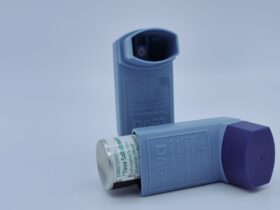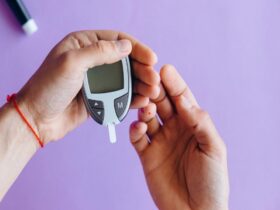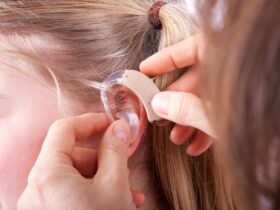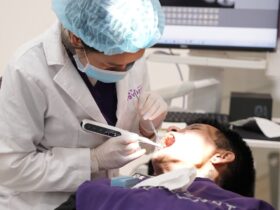Diabetes is a chronic health condition where the body struggles to manage blood sugar levels. Early detection can make a significant difference in managing the disease and preventing complications. Here’s a guide to help you understand and recognize the early signs of diabetes.
Increased Thirst and Frequent Urination
One of the most common early signs of diabetes is feeling unusually thirsty and needing to urinate more often than usual. When excess sugar builds up in your bloodstream, your kidneys work overtime to filter and absorb it. If they can’t keep up, the excess sugar is excreted into your urine, dragging fluids from your tissues, which makes you dehydrated and thirsty.
Unexpected Weight Loss
Losing weight without trying might sound like a dream come true, but it can be a warning sign for diabetes. When your cells don’t get enough glucose, your body burns fat and muscle for energy, which can lead to weight loss. If you’re dropping pounds despite not changing your eating habits or exercise routine, it might be time to see a doctor.
Extreme Fatigue
Feeling tired all the time is another sign to watch out for. Your body converts the food you eat into glucose, which your cells use for energy. But your cells need insulin to take in glucose. If your body doesn’t make enough insulin or if the insulin doesn’t work properly, the glucose won’t get into your cells and you’ll feel fatigued.
Blurred Vision
High blood sugar levels can pull fluid from your tissues, including the lenses of your eyes. This can affect your ability to focus and cause blurry vision. If left untreated, diabetes can cause new blood vessels to form in your retina or damage existing vessels, which could lead to permanent vision loss.
Slow-Healing Sores or Frequent Infections
High blood sugar can affect your blood flow and cause nerve damage, which makes it harder for your body to heal wounds. You might notice cuts or bruises that are slow to heal or a higher incidence of infections, such as gums or skin infections and vaginal infections.








































